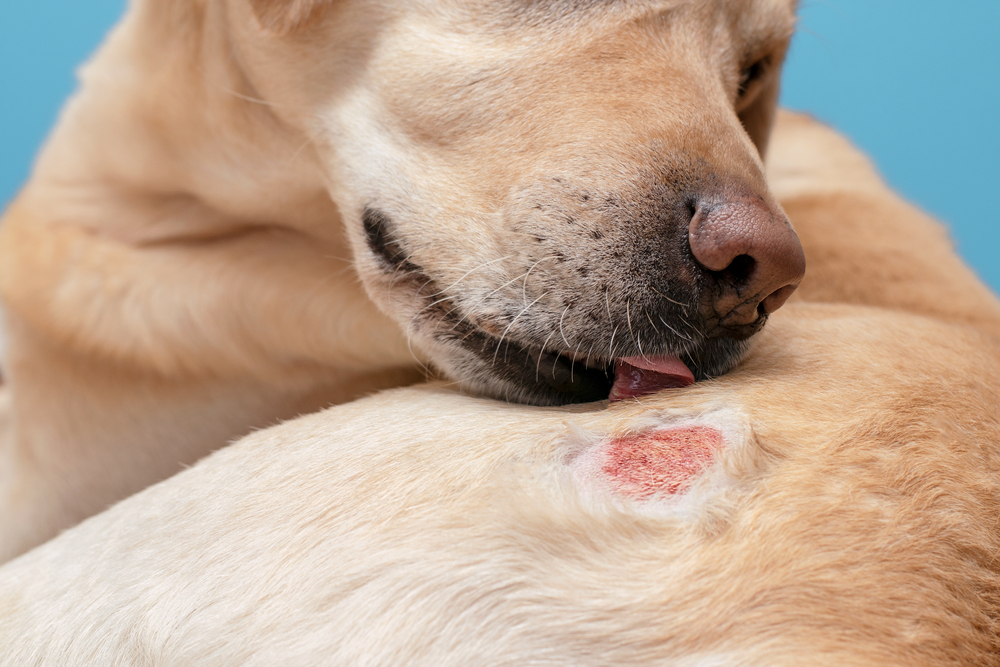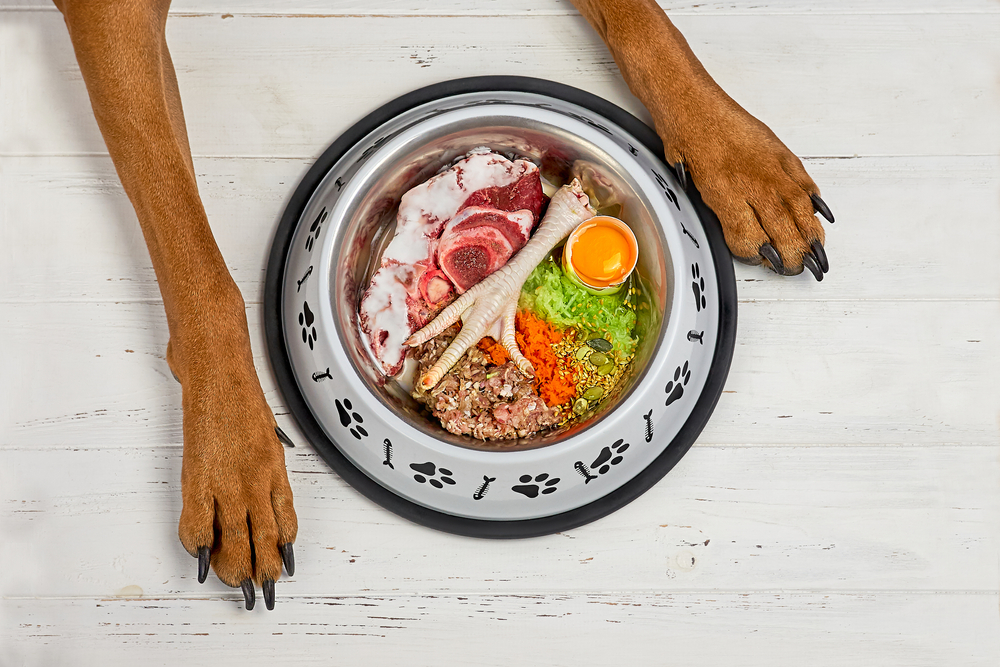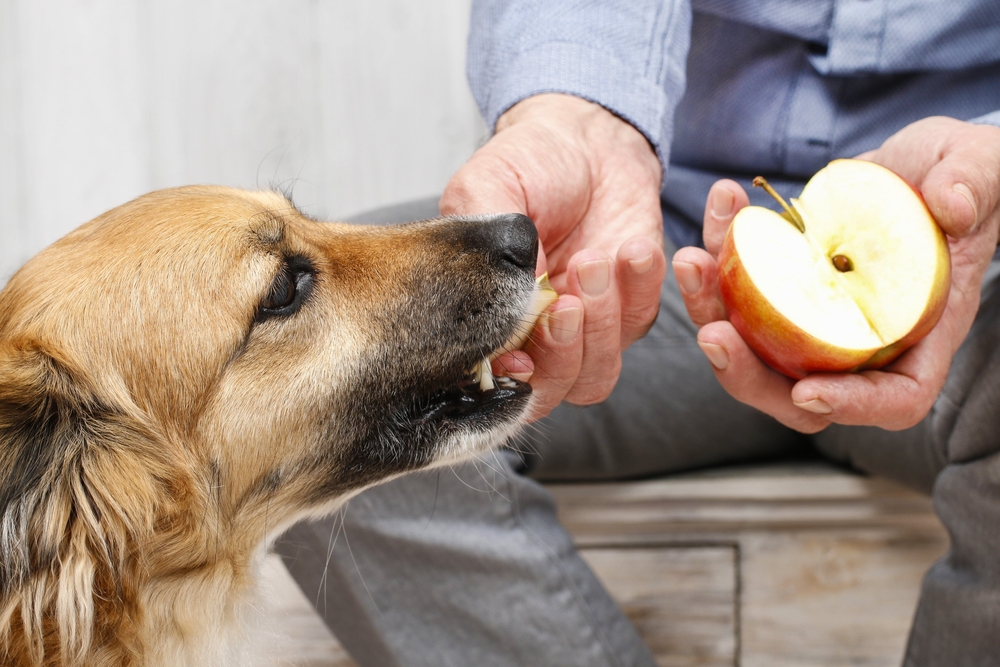Dog Food Allergies: Causes, Symptoms, and Treatment
Our dogs are cherished members of our families. Seeing them happy and comfortable brings us so much joy. So, when they’re dealing with upset tummies or just not feeling quite right, it’s natural for us to worry and want to figure out what’s going on. Sometimes, those bothersome skin issues or digestive troubles might be linked to something they’re eating. Food allergies are a real possibility, and understanding what causes allergies in dogs is a big step in helping them feel better.
What Causes Allergies in Dogs?
So, what are the ingredients most likely to trigger an allergic reaction in dogs? Interestingly, it’s often the proteins that dogs are most commonly fed over a long period. The immune system becomes sensitized to them after repeated exposure. The most frequent offenders include:
- Dairy
- Wheat
- Chicken
- Lamb
- Soy
- Corn
- Egg
As you shop for dog supplies in the Philippines, remember that a dog can develop an allergy to any protein they are exposed to, but these are the ones veterinarians see most often.
How Do I Know if My Dog Has Allergies?
Recognizing the signs of a potential food allergy is key to getting your dog the help they need. The symptoms can show up in various ways, but they most commonly affect the skin and the digestive system.

Skin Symptoms
This is where you’ll likely see the most obvious signs of a food allergy. The itching can be intense and relentless.
- Itching: Your dog might scratch, lick, or chew excessively. The itching can be all over their body, or concentrated in specific areas like their paws, ears, face, armpits, or groin. Constant licking of paws can lead to red, irritated, and even infected skin between the toes.
- Chronic Ear Infections: Recurrent ear infections that keep coming back, despite treatment, are a very common symptom of dog food allergies. The ear canal becomes inflamed and itchy, creating a perfect environment for bacteria and yeast to grow. You might notice redness, discharge, a bad smell, or your dog shaking their head and scratching their ears.
- Red, Inflamed Skin: Areas of skin can become red, irritated, and sore due to the inflammation caused by the allergic reaction and constant scratching or licking.
- Hair Loss: Excessive scratching and licking can cause hair to break off or fall out, leading to bald patches.
- Skin Infections: The damaged skin from scratching is vulnerable to secondary bacterial or yeast infections. This can make the itching even worse and require additional treatment. You might see pustules, scabs, or greasy, smelly skin.
Gastrointestinal Symptoms
While skin issues are more frequent, dog food allergies can also affect the digestive tract.
- Vomiting: This can occur, sometimes shortly after eating, or less directly related to meal times.
- Diarrhea: Loose or frequent stools are another possible sign.
- Increased Gas/Flatulence: Excessive gas can indicate that your dog is having trouble digesting something in their food.
- Stomach Rumbling: Loud gurgling sounds from the abdomen might be noticed.
- Anal Gland Issues: Food allergies can contribute to inflammation in the anal gland area, leading to scooting or difficulty expressing the glands.
How to Find the Culprit: The Elimination Diet
If you suspect your dog might have a food allergy based on these signs, the first and most important step is to talk to your veterinarian. They will help determine if a food allergy is likely by ruling out other causes for the symptoms, such as parasites (fleas are a major cause of itching!), other types of allergies (like environmental), or infections.
Your veterinarian might help you diagnose a food allergy through a food elimination trial. This isn’t a quick fix, but it can be a reliable way to pinpoint the offending ingredient. Here’s the basic idea:

Step 1: Start Your Pet’s Special Diet
Together with your vet, you’ll create a special diet of dog food for allergies that usually involves a single protein source and a single carbohydrate source that your pet hasn’t eaten before. The plan is to feed only these chosen foods for a set period. Most vets recommend sticking strictly to this limited diet for at least 8 to 12 weeks.
Step 2: Watch Closely and Keep a Journal
As your pet is on this special diet, it’s helpful to keep a daily journal. Record things like exactly what they eat, how much they finish, and most importantly, how they’re acting and feeling. Note any changes you see —is their itching improving? Are their tummy troubles settling down? If you ever notice serious, sudden signs like difficulty breathing or collapsing, contact your vet or head to an emergency clinic right away.

Step 3: Carefully Bring Back Foods
Once the initial trial period is complete and your pet has improved, your vet might suggest slowly reintroducing other foods. They might recommend starting with a simple protein your pet used to eat, or introducing certain fruits or vegetables, to know if your dog has allergies to any of these returning ingredients.
Step 4: Record What Happens Next
Continue to record everything you notice. If, after adding a specific ingredient, old symptoms start to come back, that food might be the culprit. It could mean your pet has trouble tolerating it. If this happens, get in touch with your vet. Stop feeding the new ingredient, and try a different one next, always under your vet’s guidance.
Step 5: Create a Safe Meal Plan
With all your careful observations, you’ll have information to determine what causes skin allergies in your dog to craft a long-term, healthier meal plan for your beloved dog or cat. You can either look for commercially available pet foods with simple, limited ingredients or work with a veterinary nutritionist to find recipes.
Living with Your Dog’s Food Allergies
Understanding the signs of potential food allergies in our dogs is a big step in helping them live comfortably. There are common ingredients that can cause these reactions, and diagnosing a dog food allergy often involves a dedicated journey with an elimination diet.
Remember, before making any significant changes to your dog’s diet or if you notice they aren’t feeling well, always reach out to your veterinarian. Their expertise is invaluable in ensuring your dog gets the precise care they need.
Here at Consumer Care, we share that dedication to the well-being of your family pets. We aim to provide trusted, quality hypoallergenic dog food in the Philippines that supports your dog’s overall comfort and care. Explore our options so your dog can feel their best—and you can feel good about what goes in their bowl!








